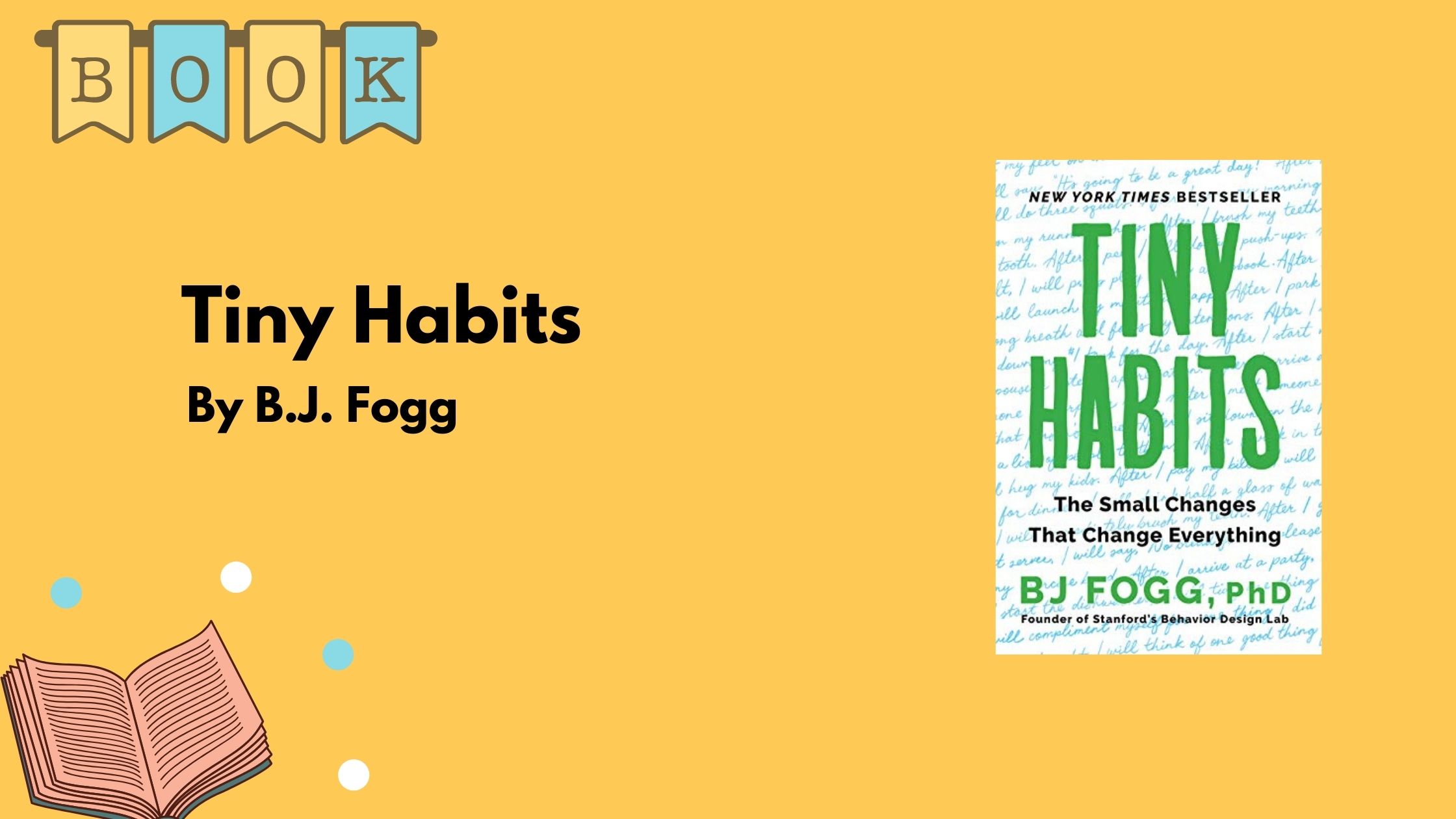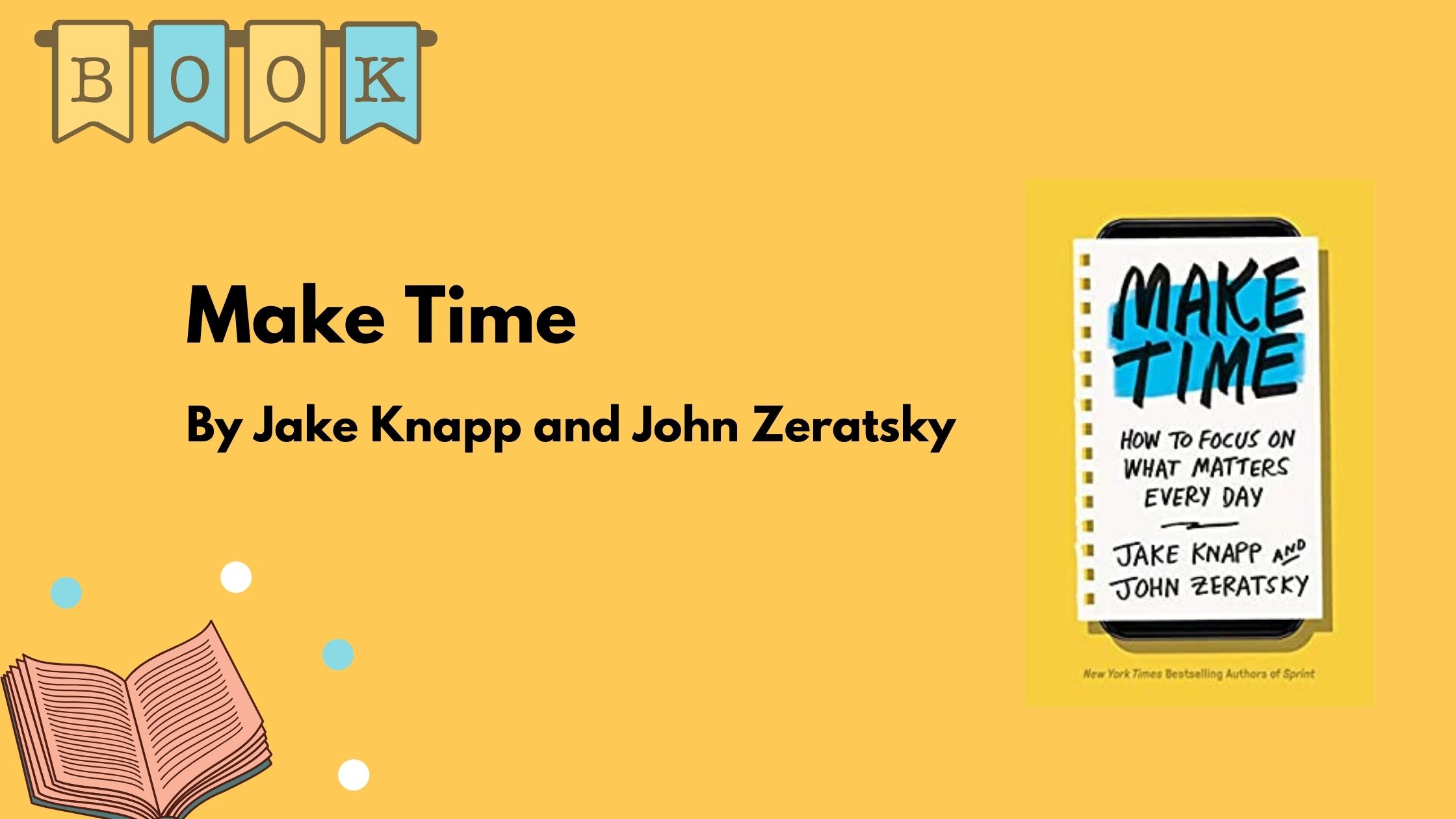Vaxxers
Authors: Sarah Gilbert and Catherine Green
Rating: ⭐⭐⭐⭐⭐
A book about the story of the Oxford AstraZeneca vaccine , the heroes behind it , how it all began years before Covid-19 and how we should get ready for the next pandemic.
💡 I’m use Amazon referral links, those links help keep this blog running ⛑️
🚀 The Book in 4 Sentences
- This is the story of a race against a deadly and devastating virus.
- Being able to create this vaccine in one year doesn’t mean there were any shortcuts affecting quality and safety
- How was a vaccine created that fast ?
- How to prepare for the next pandemic?
🎨 Impressions
The book does a great job to explain how the Oxford AstraZeneca was made , going through the journey even before Covid-19 has broken out in China till the millions of doses delivered all over the world.
Who Should Read It?
Anyone who needs to understand how scientists reacted that swiftly to Covid-19 , how was the vaccine created ? how safe is it ? how the process was accelerated? and how to get ready for the next pandemic?
📒 Summary + Notes
“Before 2020, no one had ever developed a vaccine in a year. But that was not because it could not be done. It was because it had never been tried. We were able to go faster in 2020 not because we cut any corners or took risks with our product. We still did every single thing that needed to be done to develop a vaccine safely. We did not miss out any steps. Nor was any individual task – filling a vial, vaccinating a volunteer, analyzing a graph – done with less than the usual care and attention. We went faster because we had to this time – the world needed the vaccine as soon as possible and, as we know from seeing the daily death rates, every day counts.”
This book tells the story of the Oxford AstraZeneca vaccine , narrated by two of the scientists who created the vaccine . The story goes even before Covid-19 , describing the other corona viruses that spread in some parts of the world and how the world reacted to contain them . They talk also about how we saw the pandemic coming and how WHO has been trying to prepare for it without knowing exactly what will hit us .
Given how this pandemic affected the whole world , you can sense from the first chapters the emotional and mental burden of scientists working day and night to try and get an effective vaccine to the world with very little information to work with. You could relate to the human characters and not just them being scientists in white coats in labs where they touch on how their work during the pandemic affected their lives as well.
In the news , you would sometimes consider that it was a race between different big pharma companies to create the winning vaccine but it was never a race for the scientists behind them.
“With billions of people needing to be protected, we were always going to need all the vaccines we could get: ideally made using different technologies, so that if one failed another could step in; with different raw materials, to minimize the likelihood of global shortages; and in different countries, to protect against hoarding and vaccine nationalism”
The scientific explanation of the vaccine manufacturing process is simple and concise , I drifted away in some parts but could overall understand the process. This is very important to understand in my opinion and helped me to have better understanding of how the vaccine was made and how to be able to respond to some myths and false information about the vaccine from concerned friends and family.
The book also talks about the logistics behind creating a vaccine , including research , trials , peer review , funding ,manufacturing ,distribution and monitoring . This helps explain why do vaccines take years in the making and on the same note , how did the Covid-19 vaccines get all over the world that fast.
The authors also validate the concerns that people had about vaccines and confirm them , and start to explain their response to some of those claims which was very useful to read and understand.
Finally they talk about how to prepare for the next pandemic , and the learnings from this one like how to support people in isolation , financial support , better research funding and new technologies for vaccine making.
Share on:You May Also Like
Tiny Habits
Author: B.J. Fogg Rating: ⭐⭐⭐⭐⭐ The book introduces a very structure …
Make Time
Authors: Jake Knapp and John Zeratsky Rating: ⭐⭐⭐⭐⭐ The book …
Deploying LLMs on Kubernetes
There is a growing demand in enterprises to deploy AI models and …



